The sight of a crocodile gliding through murky waters today offers us a remarkable window into Earth’s prehistoric past. These armored predators have survived virtually unchanged for over 200 million years, weathering the same extinction event that wiped out the dinosaurs. While dinosaurs captivate our imagination through fossils and museum displays, crocodilians continue to thrive in modern ecosystems as living fossils. Their evolutionary journey provides fascinating insights into ancient ecosystems and the remarkable adaptability that has allowed them to persist through dramatic planetary changes. Let’s explore twelve extraordinary facts about ancient crocodiles that showcase their prehistoric origins and evolutionary success story.
Crocodiles Predate Most Dinosaurs
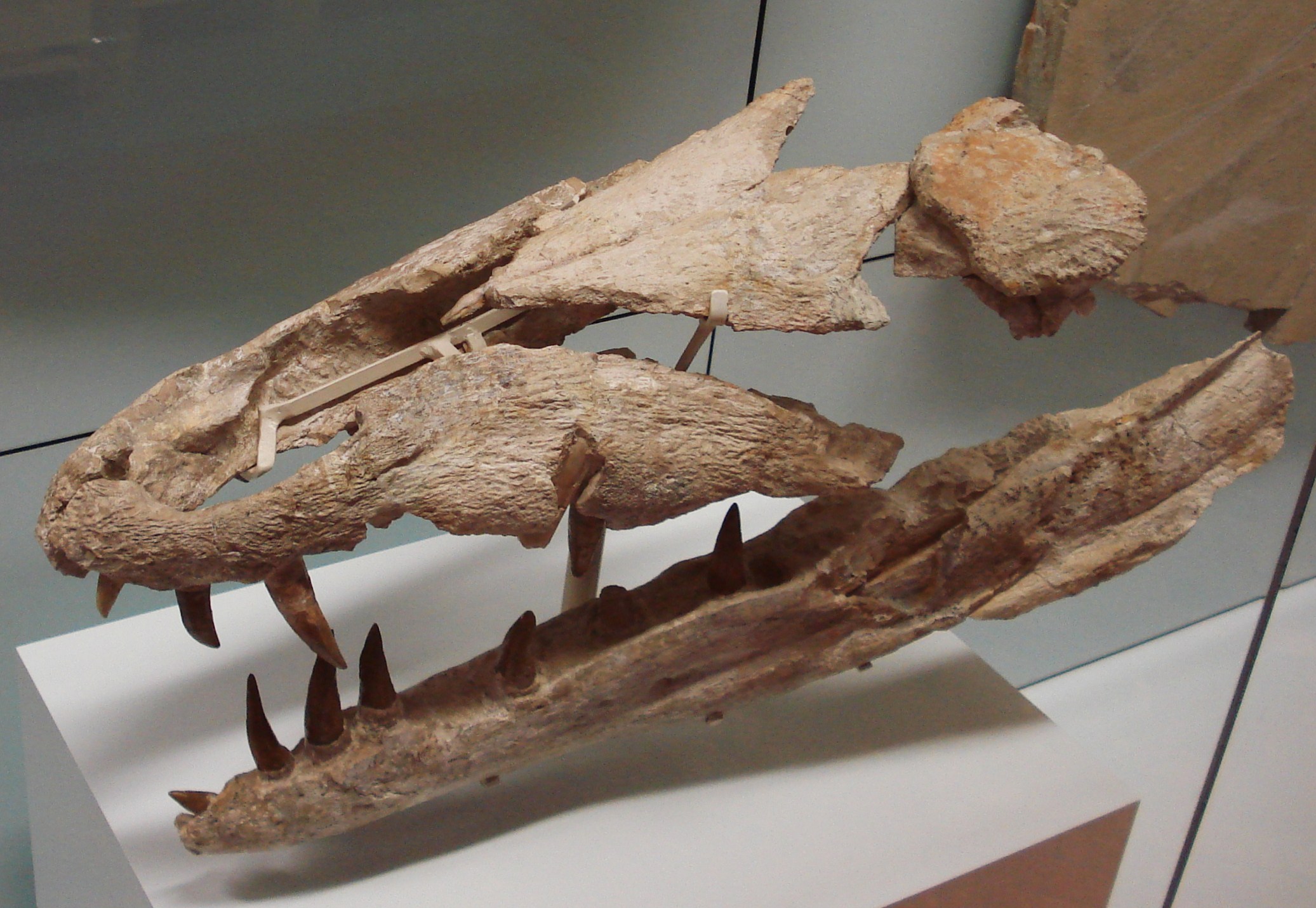
The crocodilian lineage extends back approximately 240 million years to the Triassic period, making them older than many dinosaur species. These ancient ancestors, known as pseudosuchians or “false crocodiles,” emerged when Pangaea was still a single supercontinent. Their remarkable longevity means crocodilians have survived three major mass extinctions, including the Triassic-Jurassic boundary event and the Cretaceous-Paleogene extinction that eliminated non-avian dinosaurs. While dinosaurs evolved into birds, crocodilians maintained much of their prehistoric body plan, representing one of evolution’s most successful and enduring designs.
Ancient Crocodiles Came in Diverse Forms
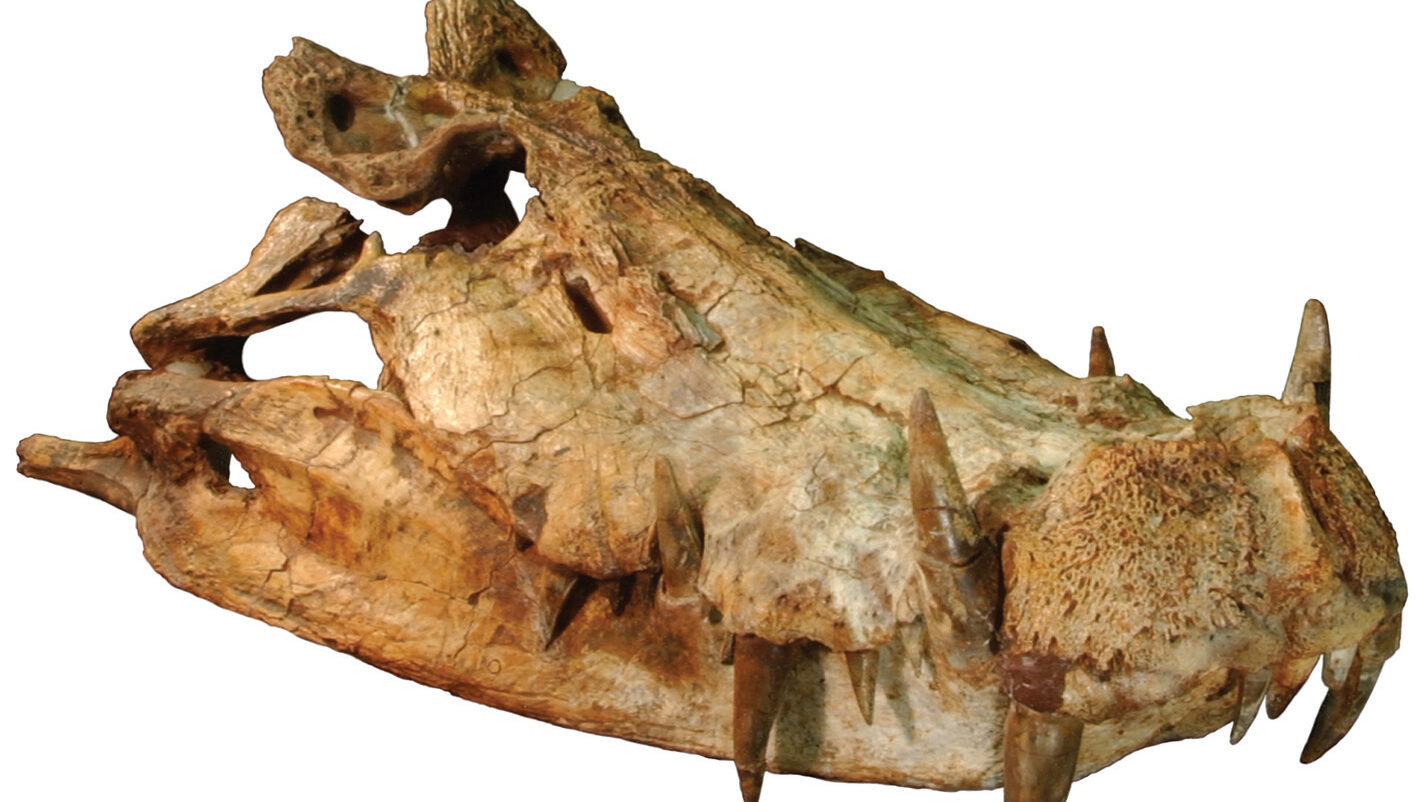
Unlike the relatively uniform appearance of modern crocodilians, prehistoric species exhibited remarkable diversity in size, habitat, and lifestyle. Kaprosuchus, nicknamed the “BoarCroc,” featured three sets of tusk-like fangs and likely hunted prey on land with its long legs. Deinosuchus reached lengths of up to 40 feet and hunted dinosaurs along coastal regions. Perhaps most surprising were fully terrestrial species like Pristichampsus, which had hooved feet for running on land, and marine species like Thalattosuchia, which evolved flipper-like limbs and fish-like tails for oceanic life. This diversity demonstrates that crocodilians once occupied ecological niches now dominated by mammals and other modern predators.
Some Ancient Crocodiles Were Vegetarians
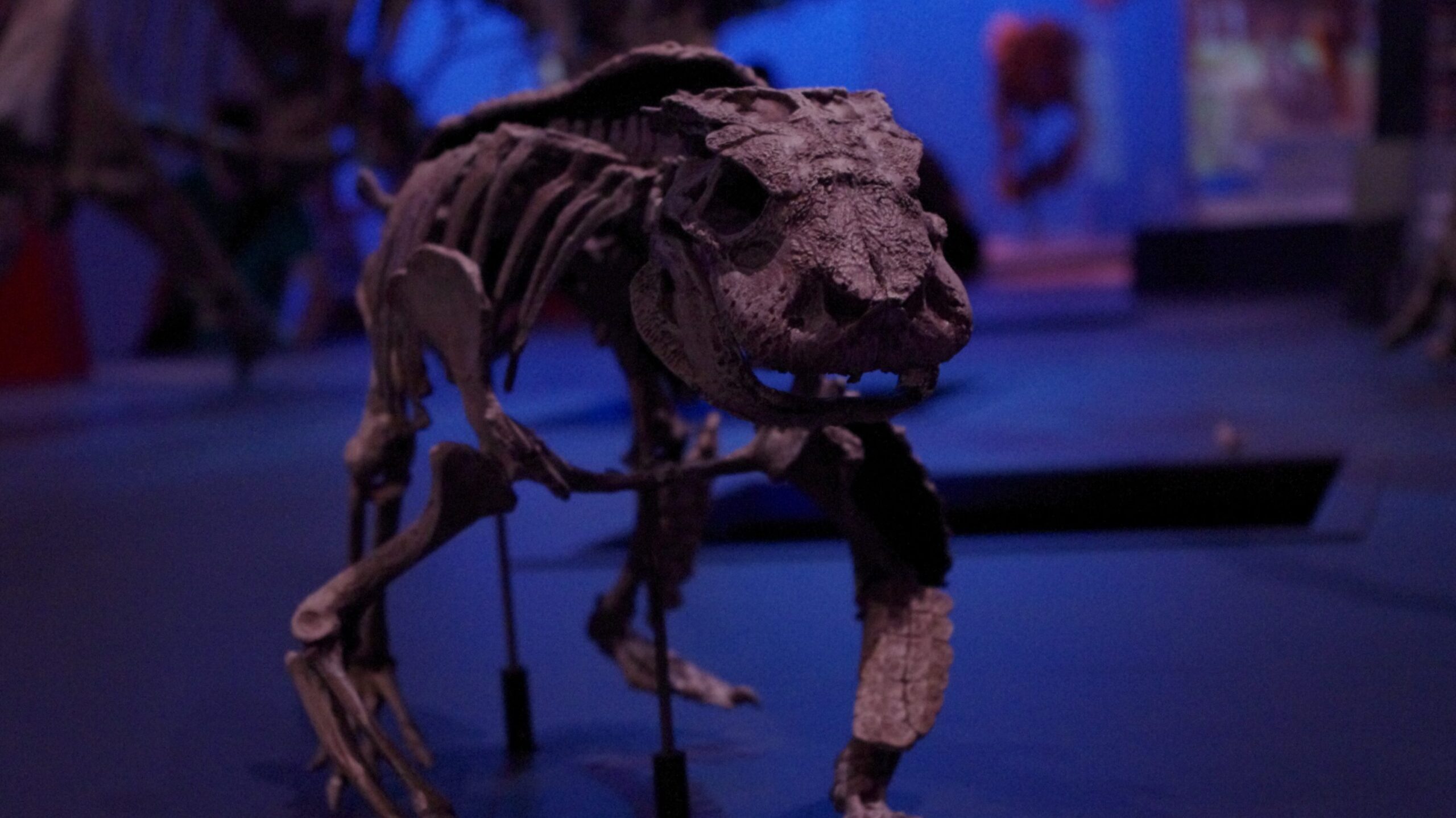
Despite the fierce predatory reputation of modern crocodilians, paleontologists have discovered that some ancient relatives had specialized teeth for processing plant material. Simosuchus, a short-snouted crocodyliform from Madagascar’s Late Cretaceous period, possessed leaf-shaped teeth ideal for stripping vegetation. Another species, Chimaerasuchus from Early Cretaceous China, had complex molars resembling those of herbivorous mammals, suitable for grinding plant matter.
These adaptations suggest that ancient crocodilians occupied diverse dietary niches, with some species evolving to exploit abundant plant resources rather than competing with other large predators. This dietary flexibility may have contributed to the group’s evolutionary success and resilience through changing environmental conditions.
Ancient Crocodiles Reached Gigantic Proportions
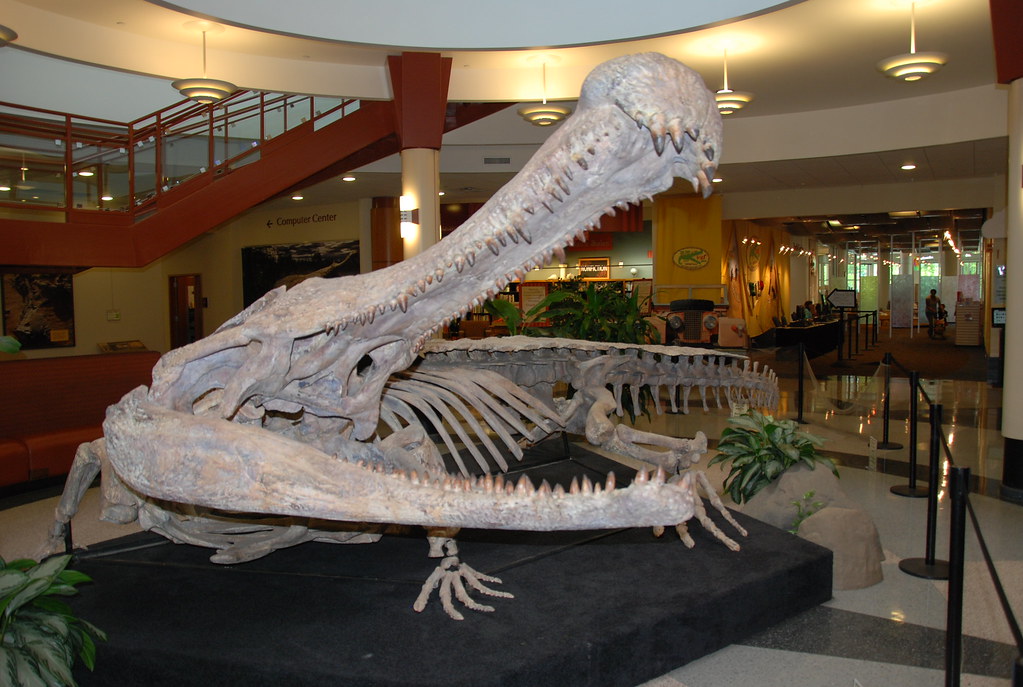
While today’s saltwater crocodiles can reach impressive lengths of 20 feet, certain prehistoric species dwarfed their modern relatives. Sarcosuchus imperator, appropriately nicknamed “SuperCroc,” reached estimated lengths of 40 feet and weighed up to 10 tons—roughly the size of a school bus. Another giant, Purussaurus from South America’s Miocene epoch, may have exceeded 41 feet with a skull nearly six feet long.
Deinosuchus, which lived in North America during the Late Cretaceous, grew large enough to prey upon dinosaurs, with bite force estimates exceeding 23,000 pounds. These colossal dimensions were likely supported by warmer global temperatures, abundant prey resources, and the absence of competing large predators in their respective ecosystems.
They Survived the Asteroid Impact
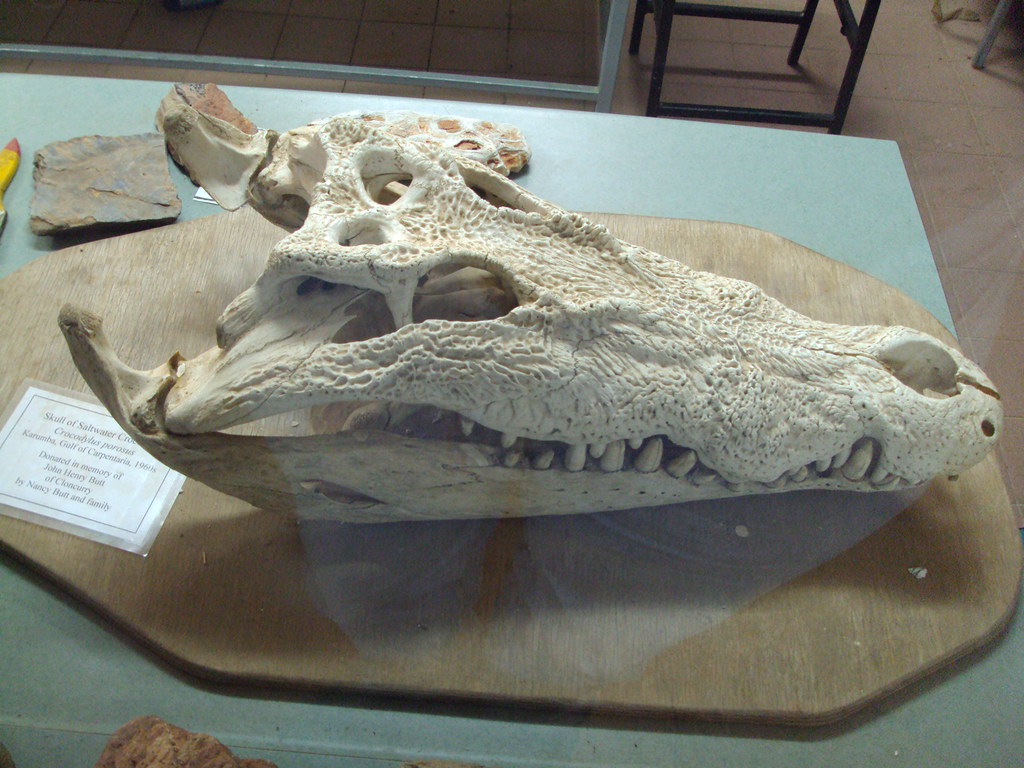
The Cretaceous-Paleogene extinction event that wiped out approximately 75% of Earth’s species, including all non-avian dinosaurs, somehow failed to eliminate crocodilians. Scientists believe several adaptations helped these reptiles survive when so many others perished. Their semi-aquatic lifestyle may have buffered them from immediate environmental effects, while their ability to remain submerged for extended periods could have protected them from initial heat pulses.
Perhaps most significantly, crocodilians can survive long periods without food—up to three years in some cases—allowing them to endure the post-impact period when food chains collapsed. Their cold-blooded metabolism also required less food than similarly-sized warm-blooded animals, providing a crucial advantage during this catastrophic period.
Ancient Crocodiles Could Gallop
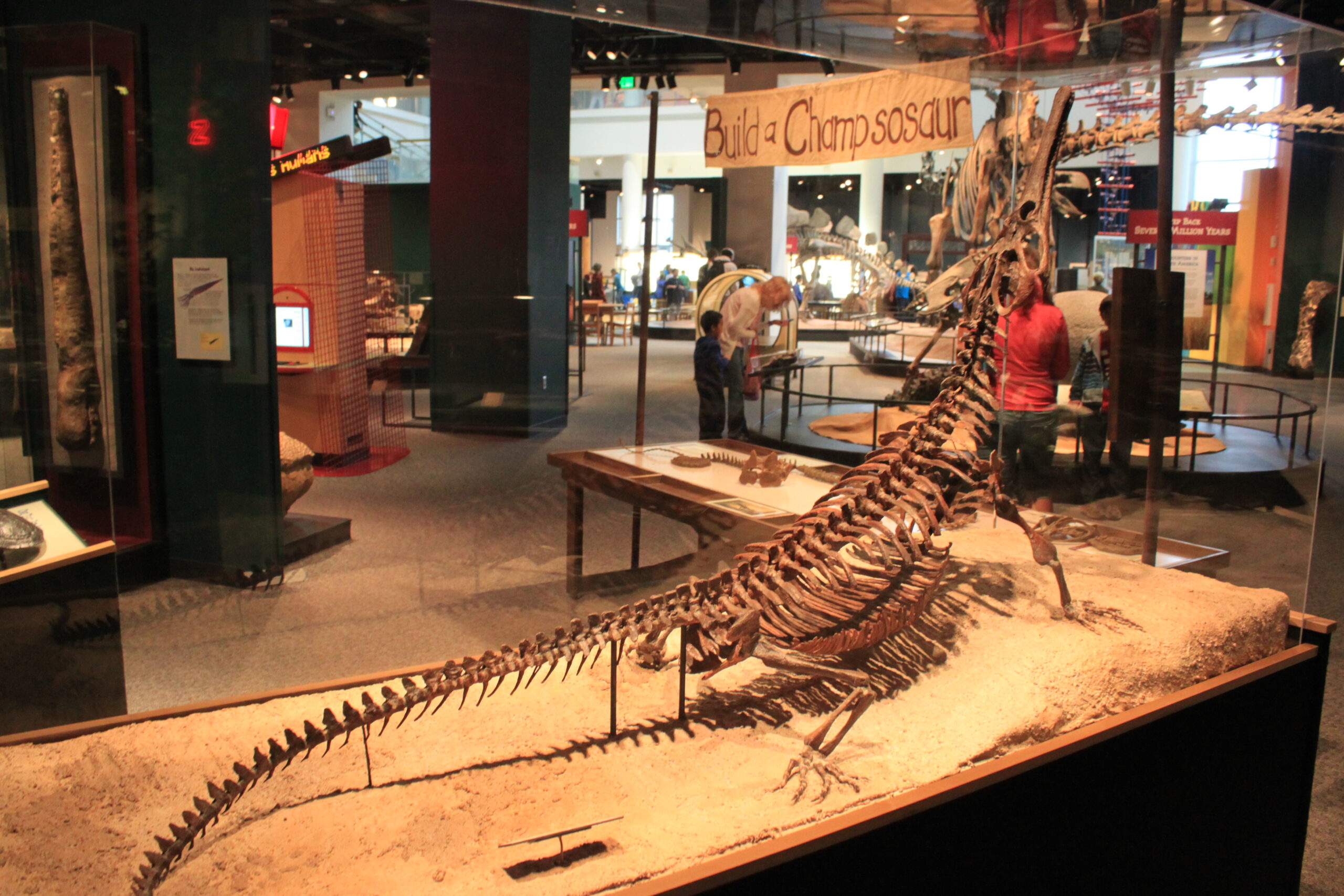
While modern crocodiles typically lumber on land with a sprawling gait, many ancient species were fully capable of galloping like mammals. Fossils of terrestrial crocodylomorphs from the Jurassic and Cretaceous periods reveal limb structures positioned directly beneath their bodies rather than splayed to the sides. This upright posture enabled species like Terrestrisuchus to run quickly and efficiently on land, possibly reaching speeds comparable to modern wolves.
Even some extant crocodile species retain this ability, with Australian freshwater crocodiles capable of brief bursts of galloping when threatened. This locomotion style demonstrates that the stereotypical belly-dragging movement of modern crocodiles represents a specialized adaptation to semi-aquatic life rather than a limitation of crocodilian anatomy.
Their Bite Force Evolution Is Remarkable
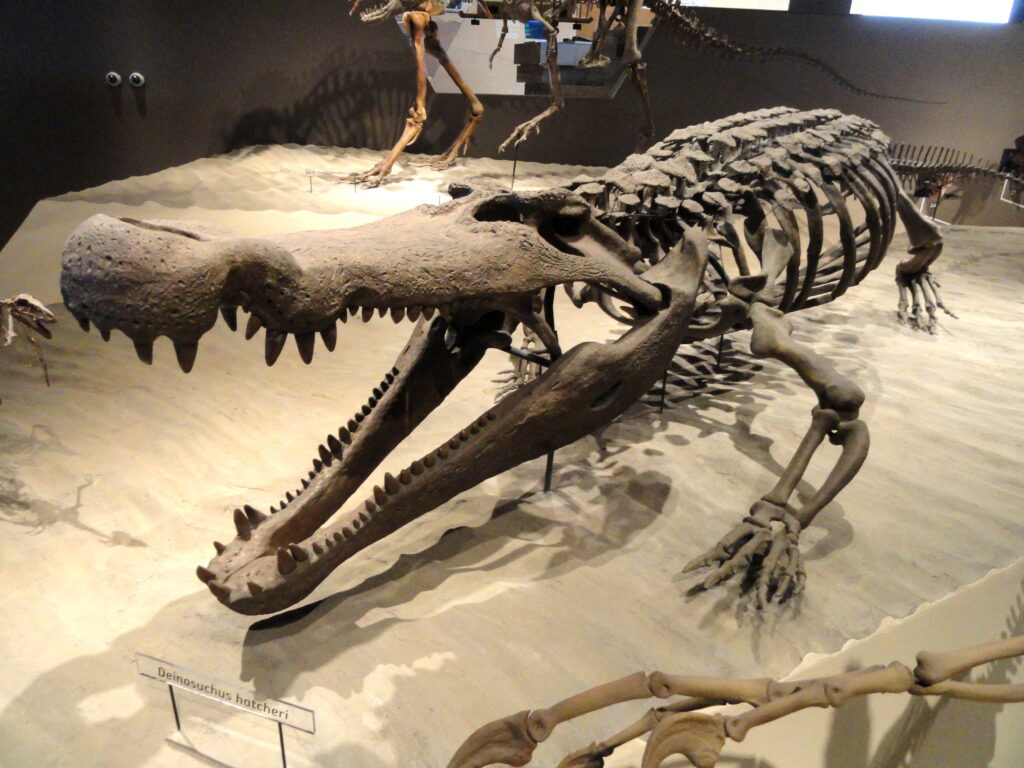
Modern crocodiles possess the strongest measured bite force of any living animal, with large saltwater crocodiles exerting pressures exceeding 3,700 pounds per square inch. This crushing power evolved over millions of years, with different crocodilian lineages developing specialized bite mechanics. Deinosuchus, a prehistoric relative that hunted dinosaurs, had an estimated bite force of 23,000 psi—nearly ten times that of a great white shark.
The structural evolution of their skull bones, particularly the secondary palate that reinforces the skull against biting forces, represents one of nature’s most successful feeding adaptations. This biomechanical efficiency explains why the basic crocodilian skull design has remained relatively unchanged for over 80 million years, representing a perfect balance of strength, lightness, and functional versatility.
Ancient Crocodiles Ruled the Oceans
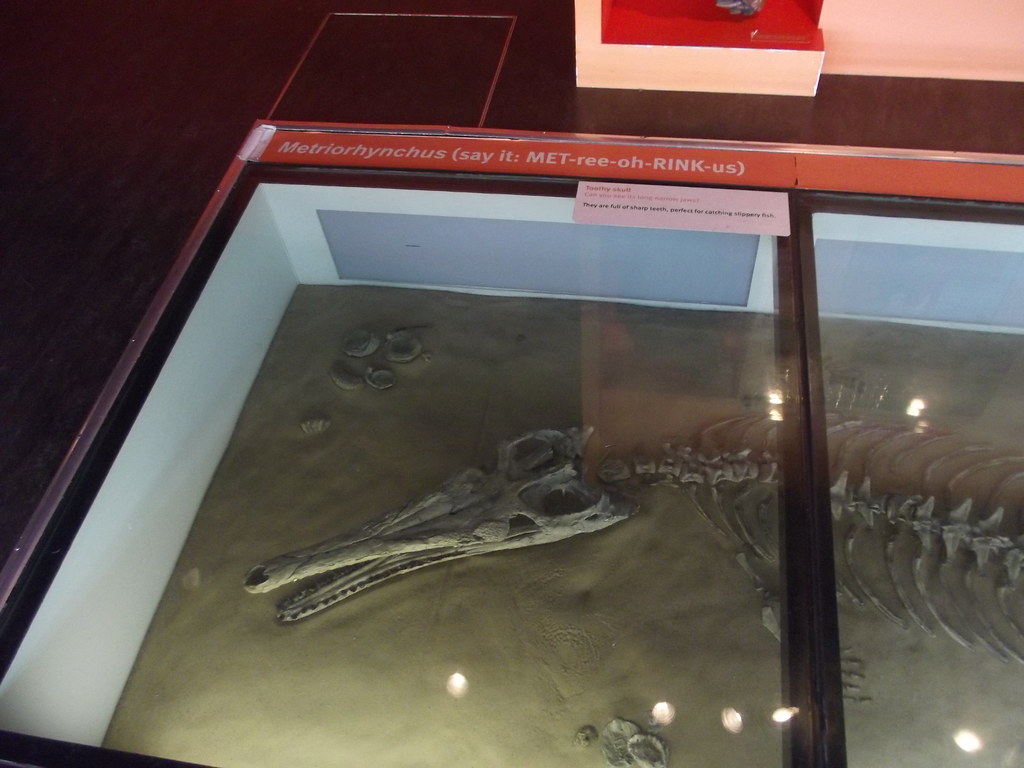
During the Jurassic and Cretaceous periods, a specialized group of crocodilians called thalattosuchians evolved to become fully marine predators. These “sea crocodiles” developed paddle-like limbs, streamlined bodies, and fish-like tail fins for efficient aquatic locomotion. Metriorhynchus, one notable example, had lost its body armor entirely, possessed salt glands for excreting excess salt, and gave birth to live young rather than laying eggs—all adaptations for a life spent entirely at sea.
Unlike modern crocodilians that must return to land, these marine specialists occupied ecological niches similar to those filled by today’s dolphins and killer whales. Their fossils have been discovered worldwide, indicating they were once globally distributed top predators in ancient oceans before their eventual extinction.
Their Armor Has Ancient Origins
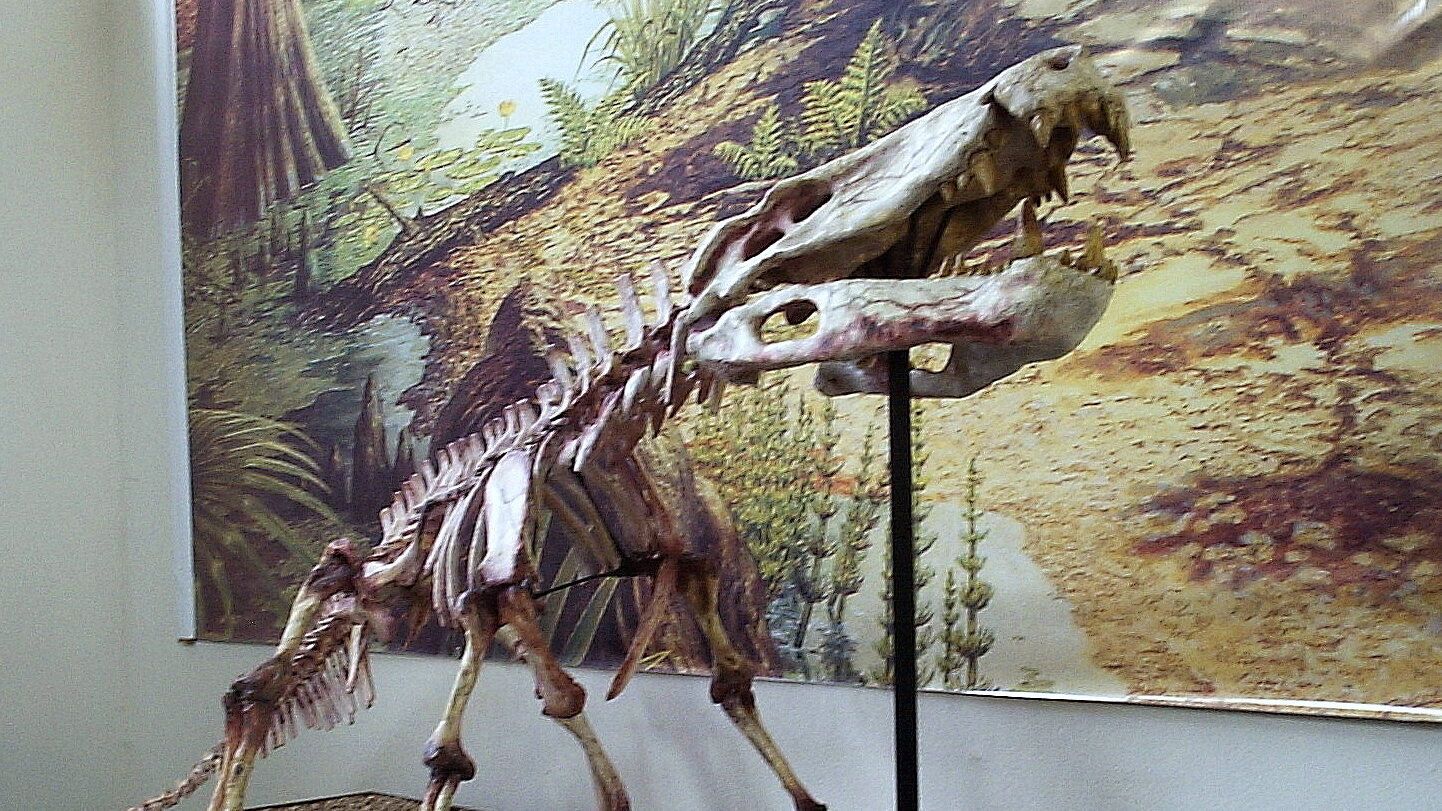
The distinctive osteoderms—bony plates embedded in the skin—that form crocodilian armor represent one of their oldest evolutionary adaptations. These protective structures first appeared in early crocodylomorphs over 200 million years ago, providing defense against prehistoric predators. Beyond protection, these osteoderms serve multiple functions, including calcium storage, thermoregulation, and acid buffering during extended underwater submersion.
The arrangement and thickness of these plates have evolved differently across species, with some ancient terrestrial forms having lighter armor for greater mobility, while others developed extensive coverage that resembled medieval plate armor. Modern crocodiles retain this ancient defensive system, with variations in pattern and thickness that reflect their specific ecological pressures and evolutionary history.
Prehistoric Crocodiles Had Different Teeth
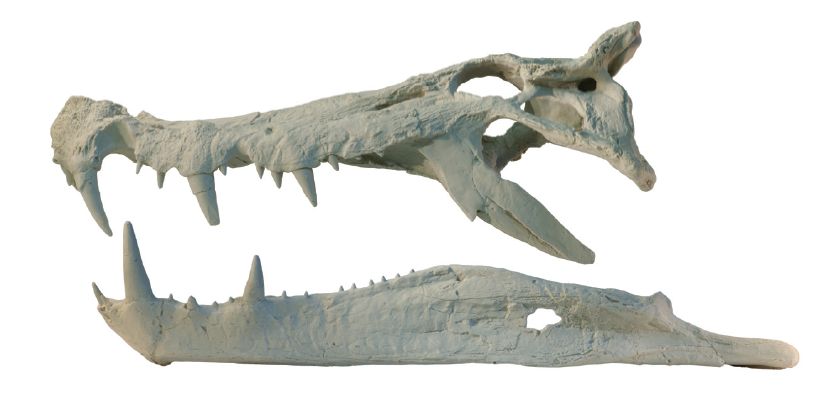
Unlike mammals with specialized teeth types (incisors, canines, molars), modern crocodilians possess relatively uniform, conical teeth suited for gripping prey. However, ancient crocodilians displayed remarkable dental diversity reflecting their varied ecological niches. Notosuchians from the Cretaceous period had heterodont dentition with specialized front teeth for nipping and complex rear teeth for processing plant material or crushing shells.
Kaprosuchus sported three pairs of tusk-like teeth that projected outward like a boar’s. Perhaps most unusual was Simosuchus, with leaf-shaped teeth perfect for shearing vegetation, and Chimaerasuchus, which had mammal-like molars with multiple cusps for grinding plants. This dental diversity highlights how crocodilians once explored evolutionary pathways that modern species never retained.
They Shared Parental Care With Dinosaurs
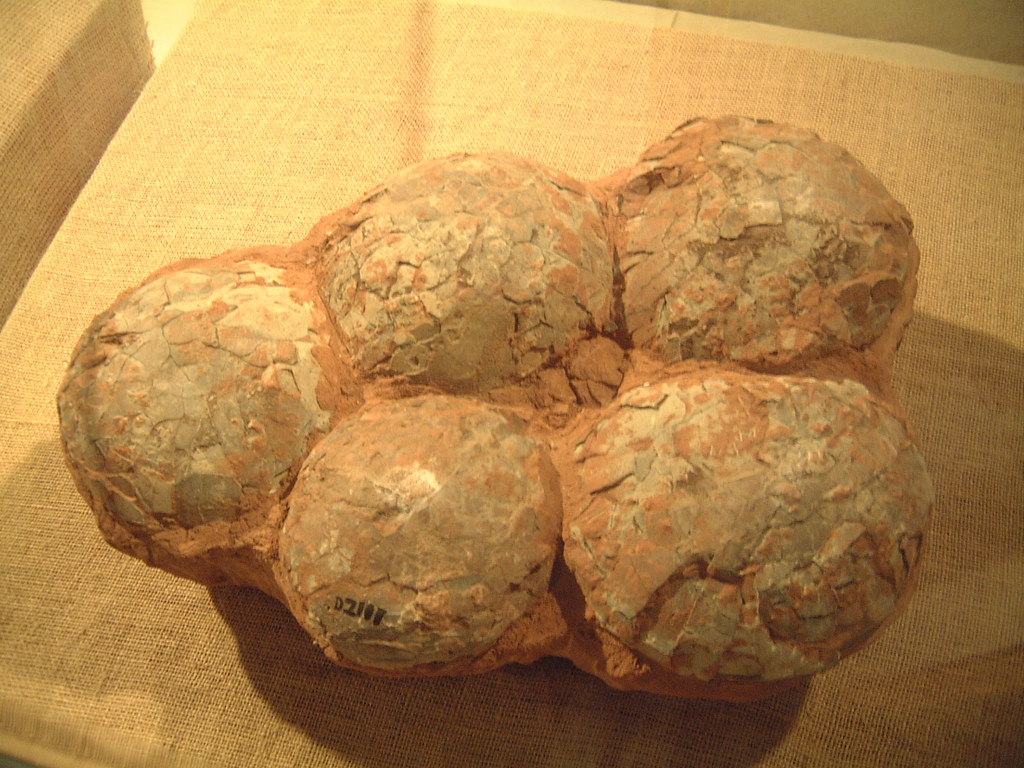
The elaborate nesting behaviors and parental care exhibited by modern crocodilians likely originated during the Mesozoic era, representing a trait shared with their dinosaur contemporaries. Female crocodilians construct nests, guard their eggs against predators, and respond to hatching calls by helping youngsters emerge from their shells. After hatching, mothers transport newly hatched babies in their mouths to water and may protect them for up to two years.
Fossil evidence suggests these behaviors evolved at least 200 million years ago, with ancient nest sites discovered containing preserved eggs arranged in patterns similar to modern crocodile nests. This advanced reproductive strategy, shared with birds and likely non-avian dinosaurs, represents one of the most sophisticated parental care systems among reptiles.
Ancient Crocodiles Had Advanced Circulatory Systems
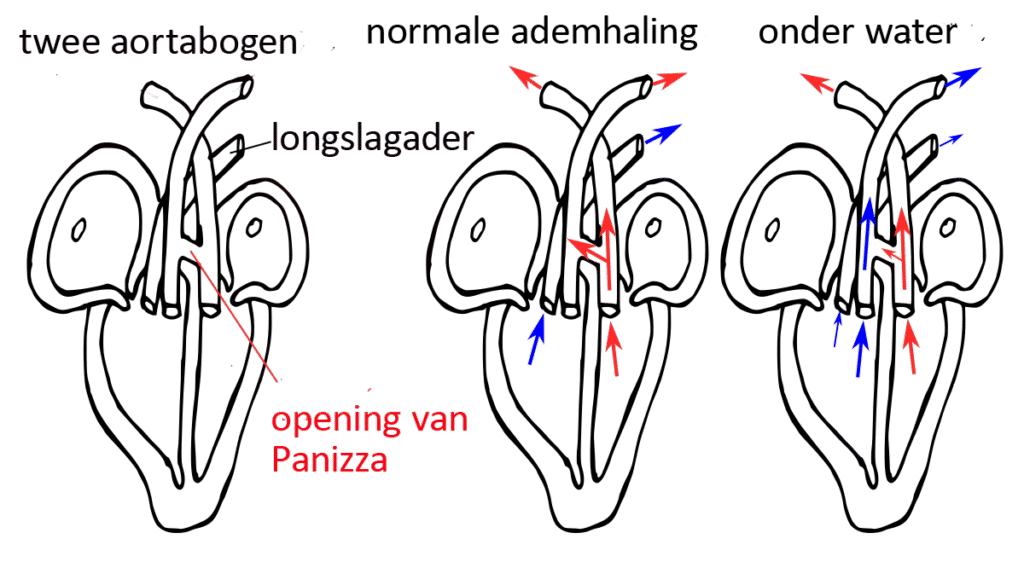
Modern crocodilians possess the most advanced hearts of any living reptile, with a four-chambered structure similar to mammals and birds. This specialized circulatory system includes a unique feature called the foramen of Panizza—a connection between the left and right aortic arches that allows blood to bypass the lungs during diving. Fossil evidence suggests this advanced cardiovascular anatomy evolved in early crocodylomorphs during the Triassic period, possibly in response to semi-aquatic hunting strategies.
The presence of this sophisticated heart in crocodilians but not in other reptiles supports the theory that the crocodile lineage evolved this feature independently from birds, representing a remarkable case of convergent evolution. This circulatory efficiency may have contributed to their survival through environmental changes that eliminated many other reptile groups.
Conclusion
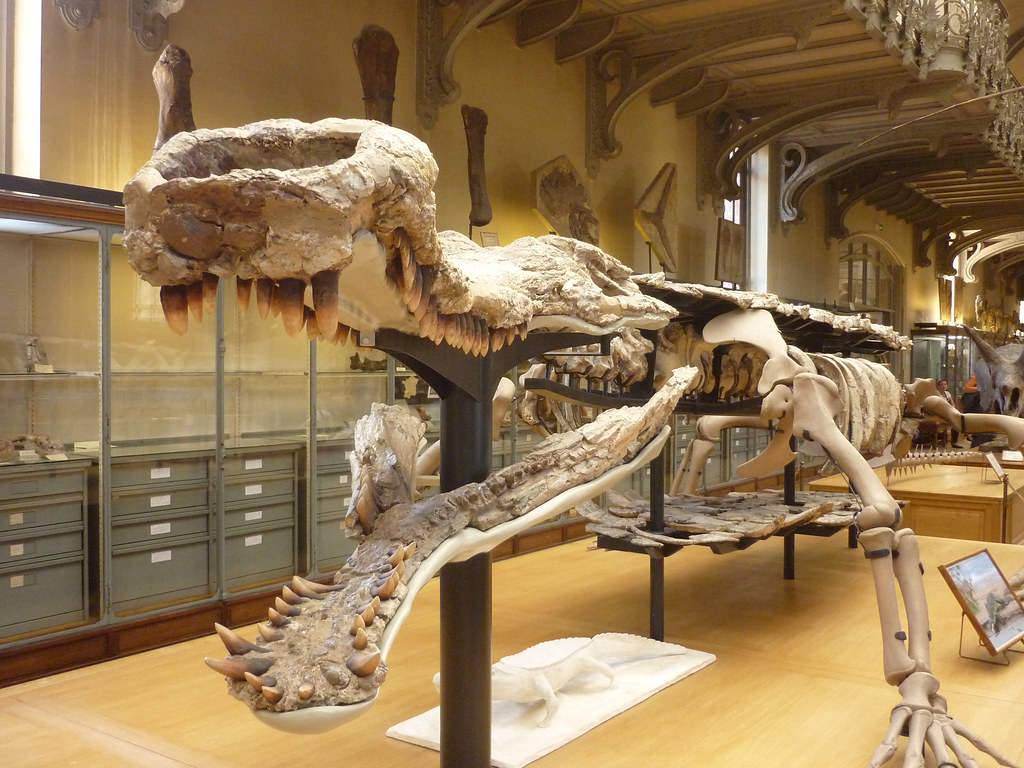
Ancient crocodilians represent one of evolution’s most remarkable success stories, having maintained their basic body plan while diversifying into numerous ecological niches over 240 million years. From galloping land predators to ocean-dwelling specialists, vegetarians to dinosaur hunters, these resilient reptiles have demonstrated extraordinary adaptability. Their survival through multiple mass extinctions, including the catastrophe that eliminated the dinosaurs, testifies to their evolutionary advantages—efficient metabolism, semi-aquatic lifestyle, and versatile feeding strategies.
Modern crocodilians, though less diverse than their ancient relatives, continue to thrive as living relics of the Mesozoic era. In studying these prehistoric predators, we gain valuable insights not only into Earth’s ancient ecosystems but also into the biological adaptations that enable species to weather planetary catastrophes and persist across vast spans of geological time.

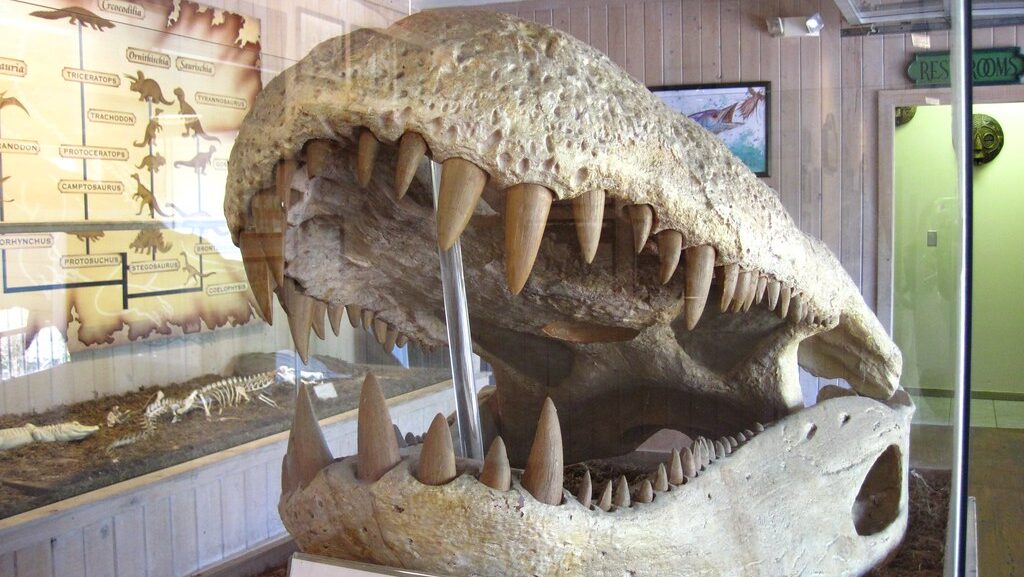

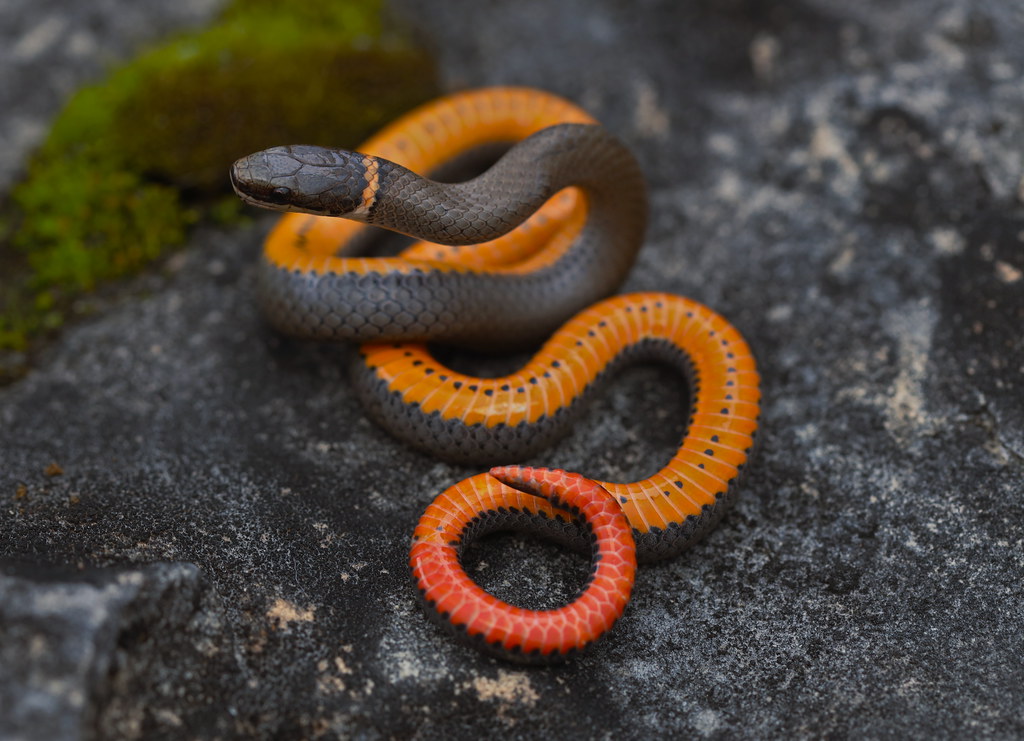
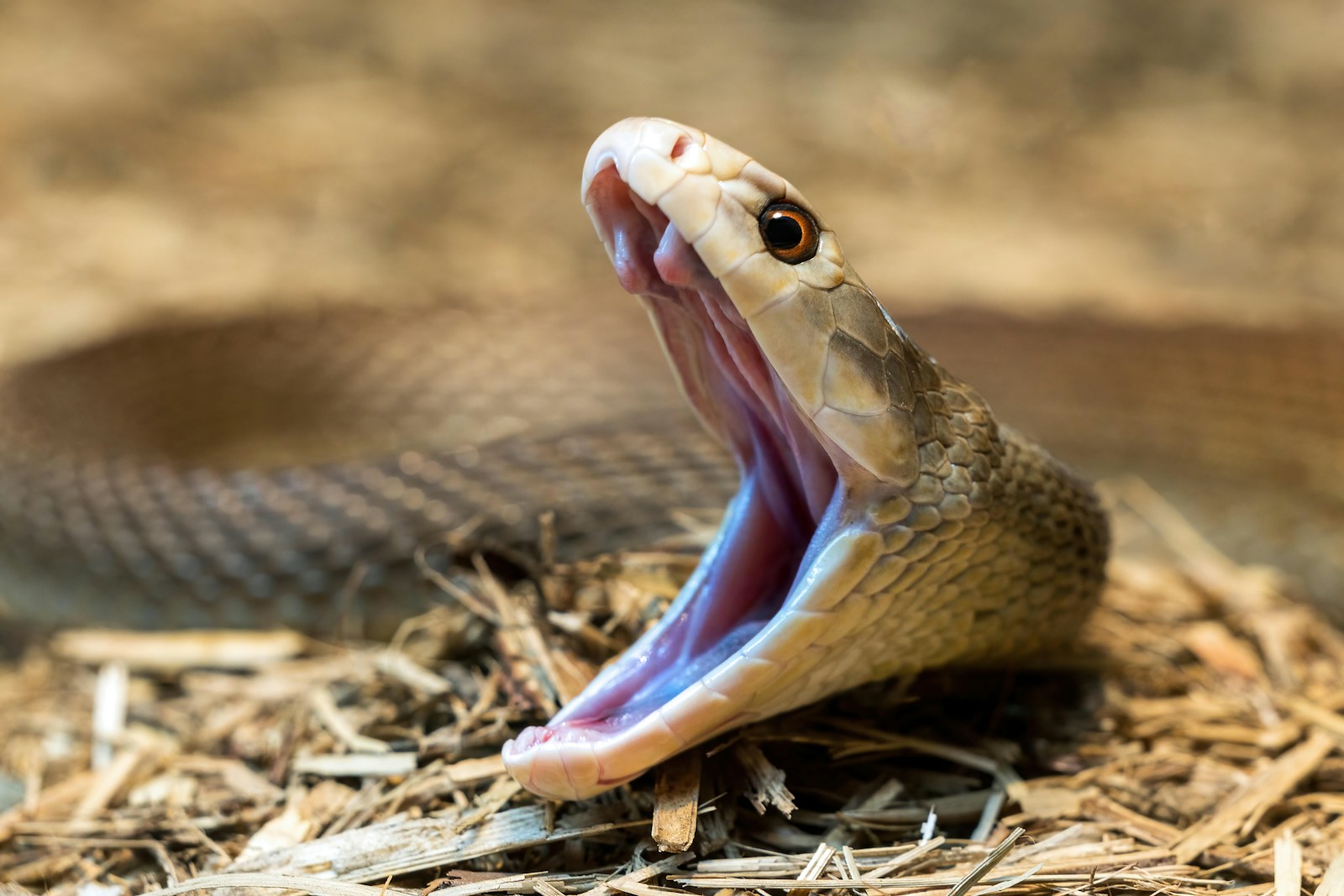
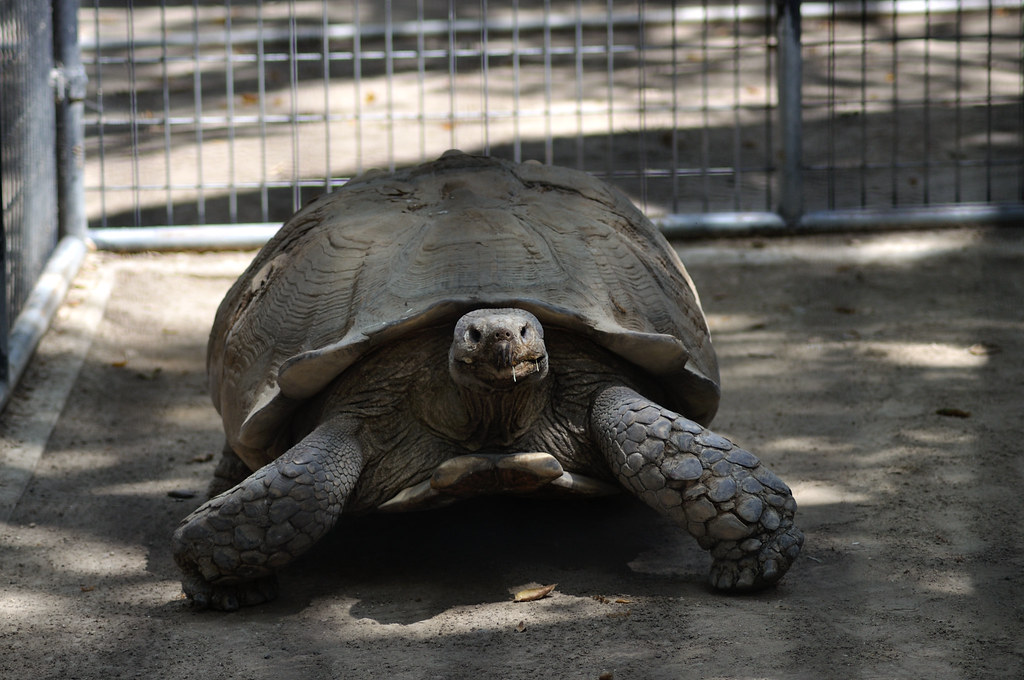
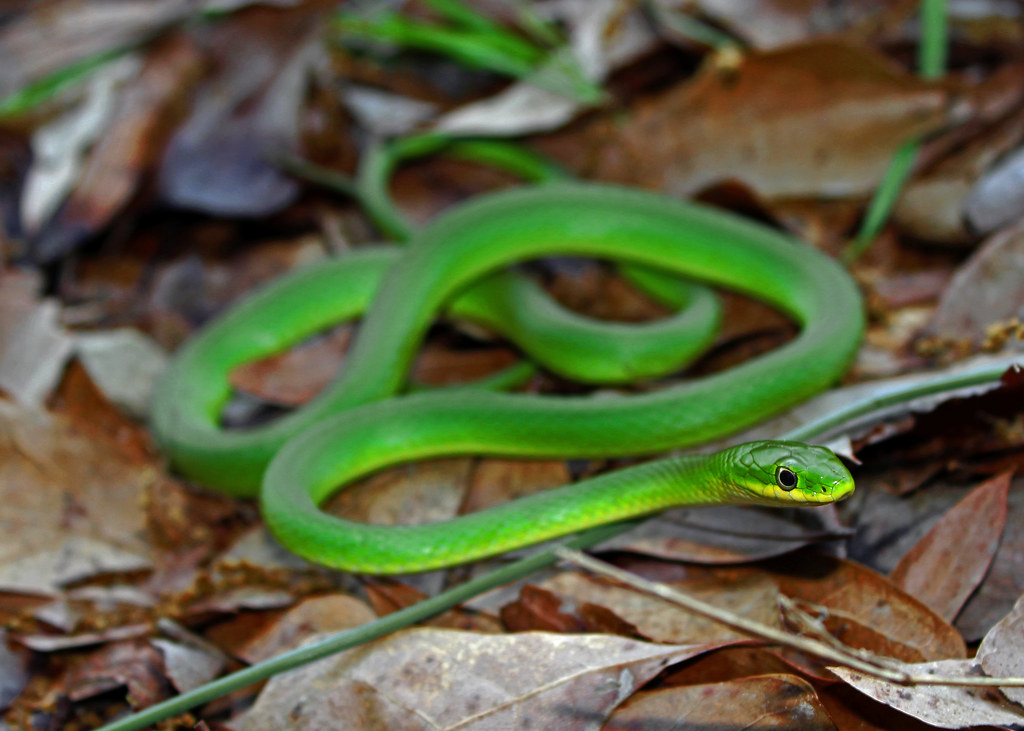
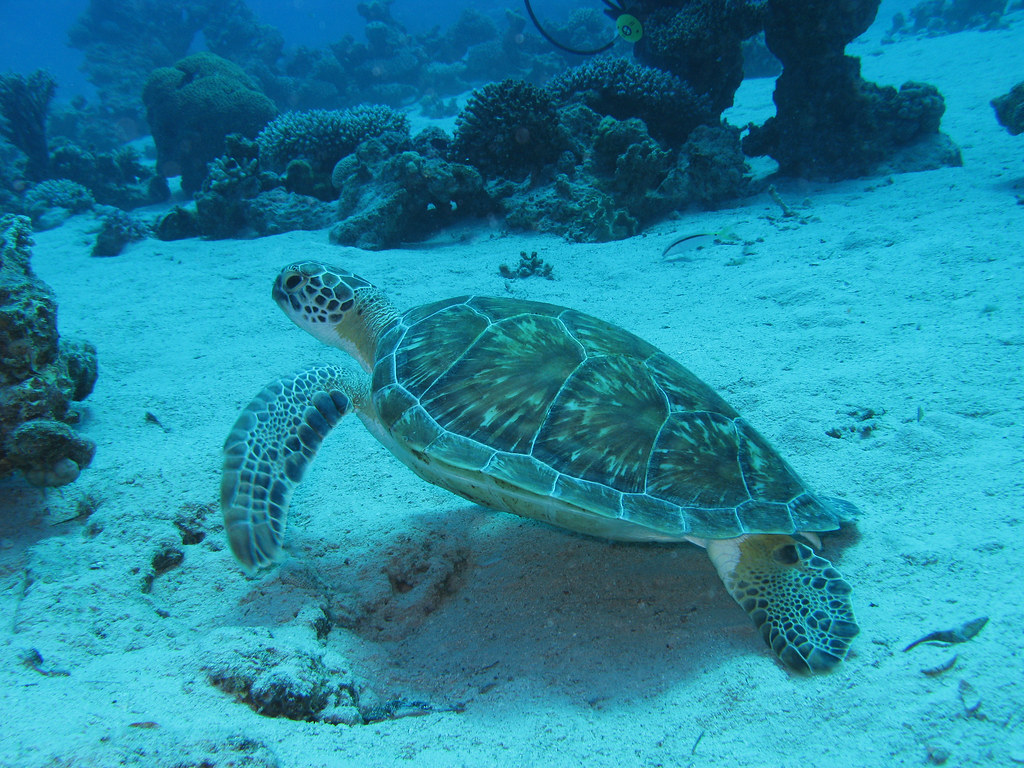
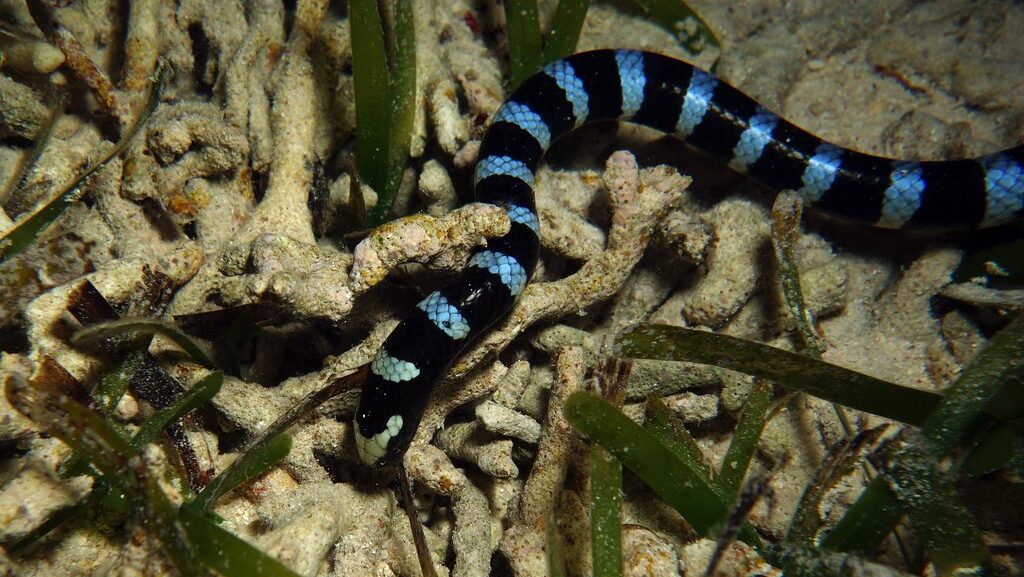
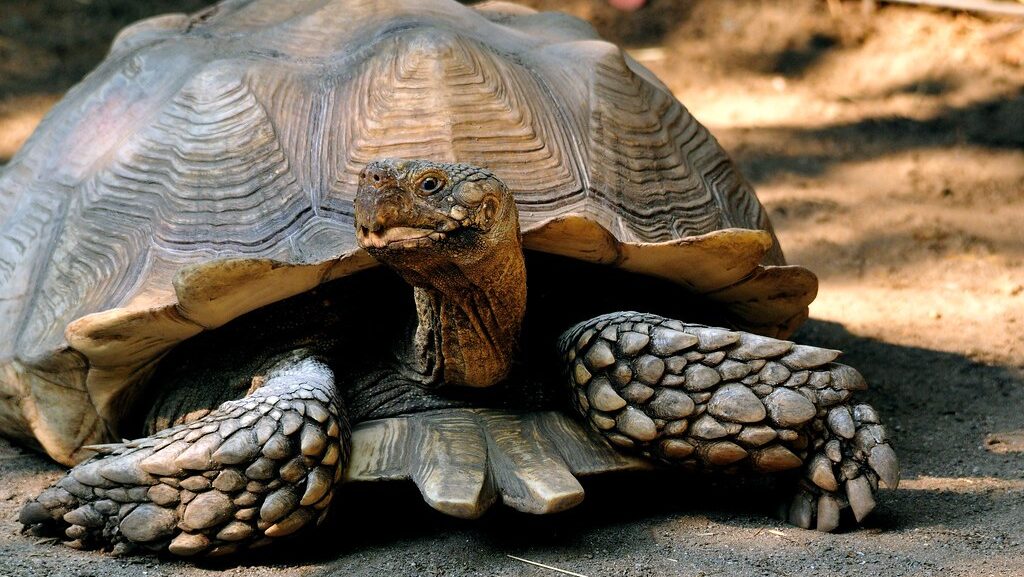

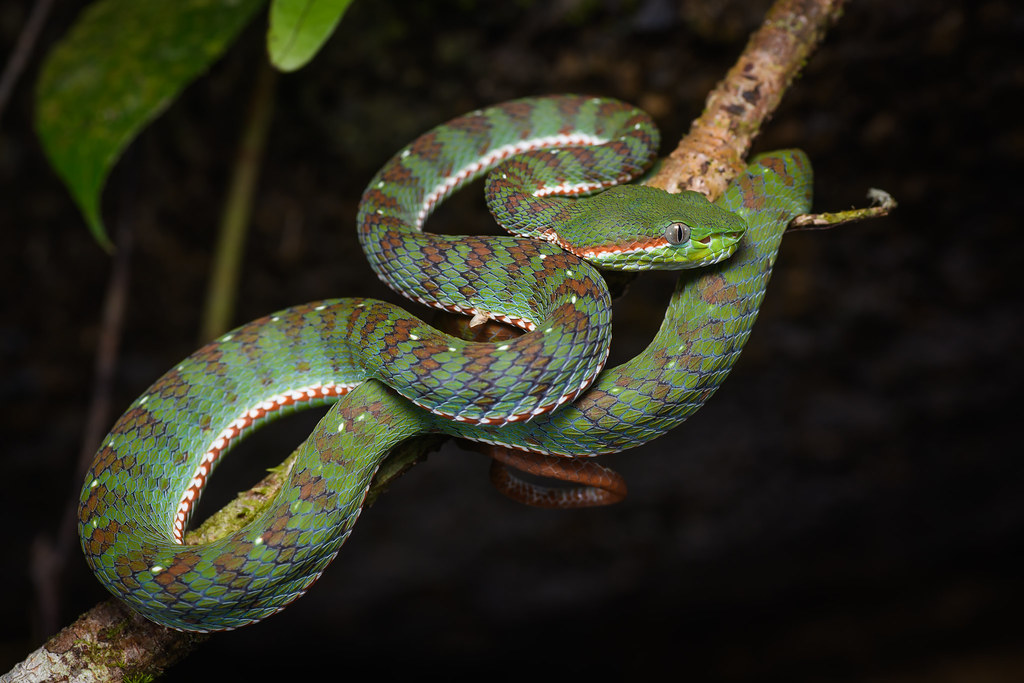



Leave a Reply